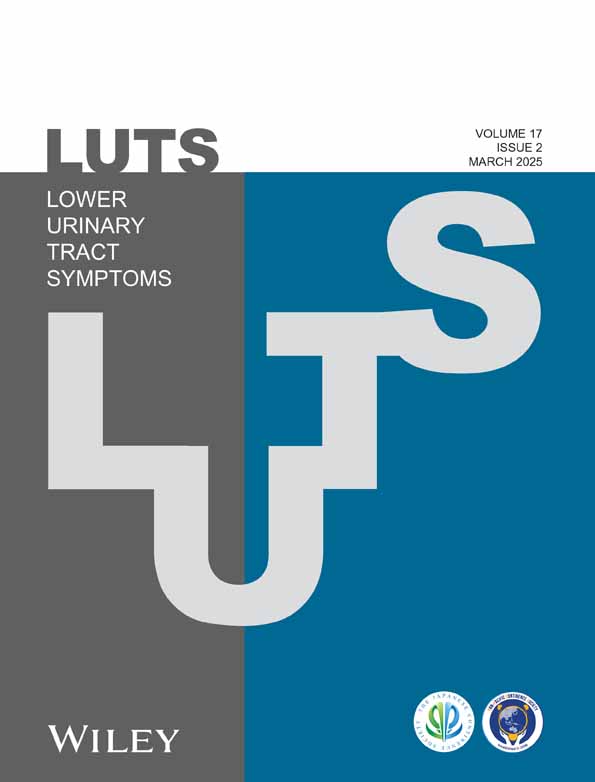Retrospective Comparison of Postoperative Outcomes Between Elderly and Non-Elderly Patients With Benign Prostatic Enlargement Using Holmium Laser Enucleation and Transurethral Vaporization of the Prostate at Multiple High-Volume Centers
Funding: The authors received no specific funding for this work.
ABSTRACT
Objectives
This retrospective study aimed to compare the surgical outcomes of holmium laser enucleation of the prostate (HoLEP) and transurethral vaporization techniques between the elderly and nonelderly patients with benign prostatic enlargement (BPE).
Methods
We retrospectively analyzed clinical data from two regional centers that used HoLEP and transurethral vaporization techniques for BPE treatment. The study population consisted of male patients with lower urinary tract symptoms, divided into elderly and nonelderly groups.
Results
Total 477 of 872 patients remained in the study, of which 198 were classified as elderly (age ≥ 75 years) and 279 as non-elderly (age < 75 years). The postoperative decrease in IPSS was significantly lower in the elderly group, and advanced age was associated with less IPSS decline only after vaporization (p = 0.003) but not after HoLEP. In both surgeries, the duration of postoperative catheterization was significantly longer in the elderly group than in the non-elderly group, and hemoglobin drop at 1 day postoperatively showed no age-related difference. The most common complication after HoLEP was intermittent incontinence, which was more frequent in the elderly group (15.0%) than in the non-elderly group (6.2%, p = 0.038). Regardless of age, the overall rate of need for medication at 6 months postoperatively was significantly higher after HoLEP (32/190, 16.8%) than after transurethral vaporization (30/287, 10.5%) (p = 0.042). The need for medication was higher in the elderly for both HoLEP and vaporization than in the non-elderly group with a specific cutoff of age.
Conclusions
Elderly patients with BPE had relatively worse surgical outcomes, including a higher need for postoperative medications and prolonged catheterization. HoLEP demonstrated a reduction in IPSS regardless of age, and transurethral vaporization did not, although it was associated with a higher rate of intermittent incontinence.
Conflicts of Interest
The authors declare no conflicts of interest.
Open Research
Data Availability Statement
The data that support the findings of this study are available on request from the corresponding author. The data are not publicly available due to privacy or ethical restrictions.




